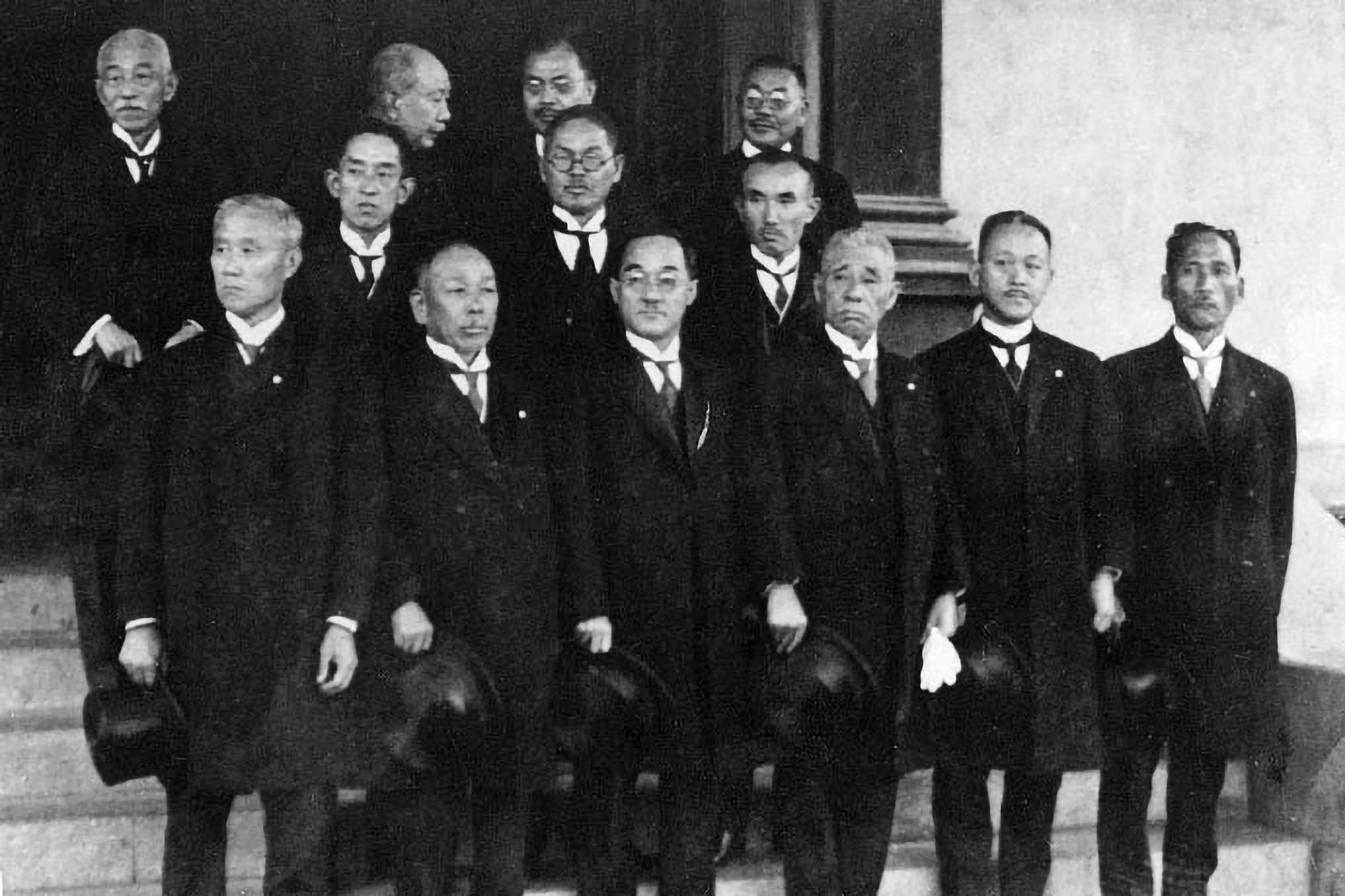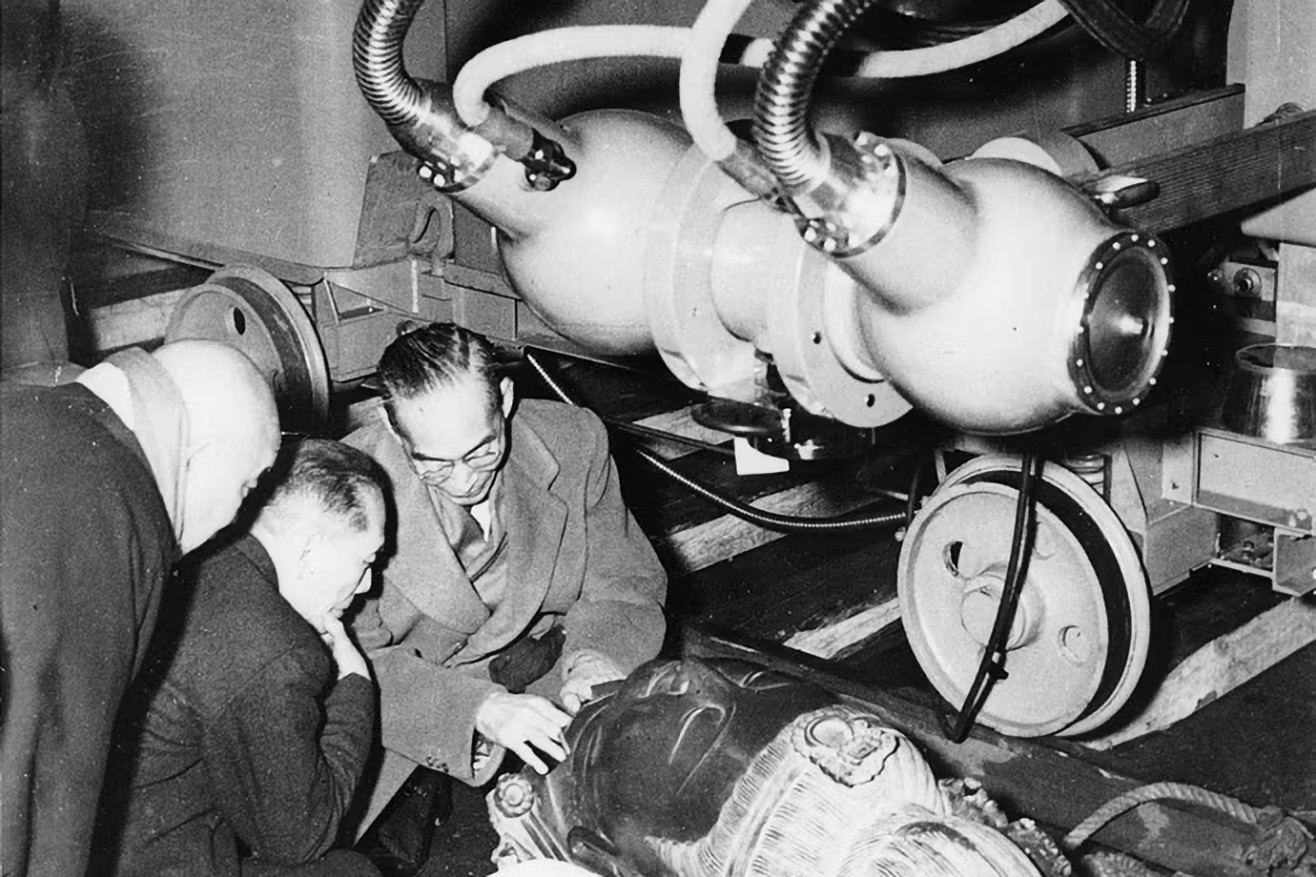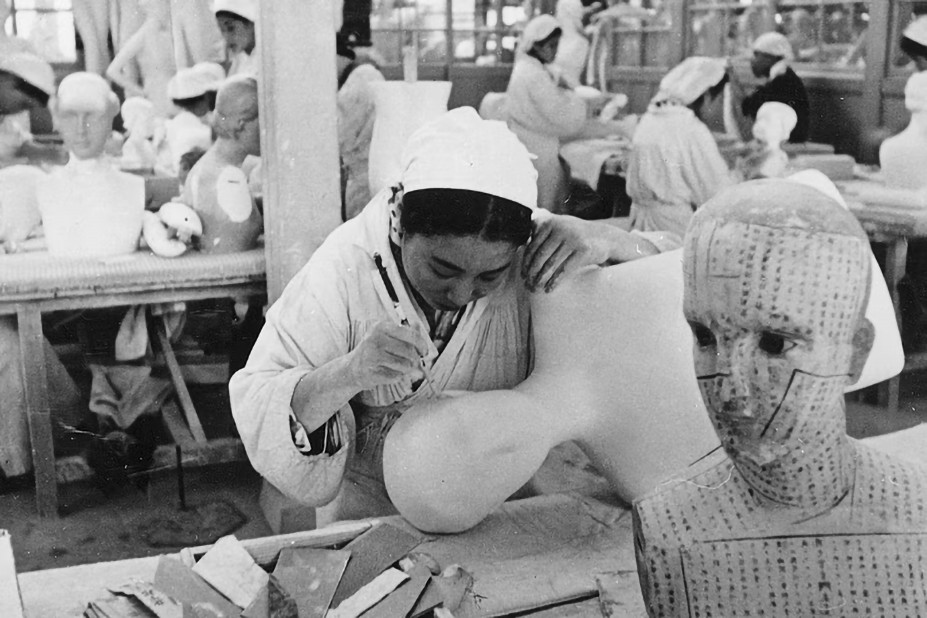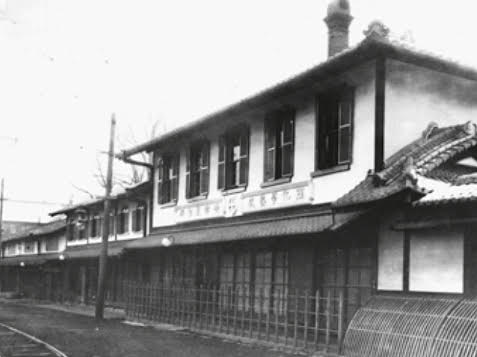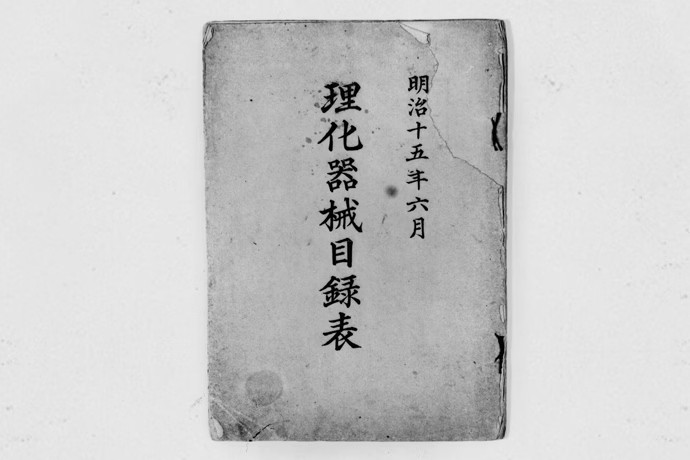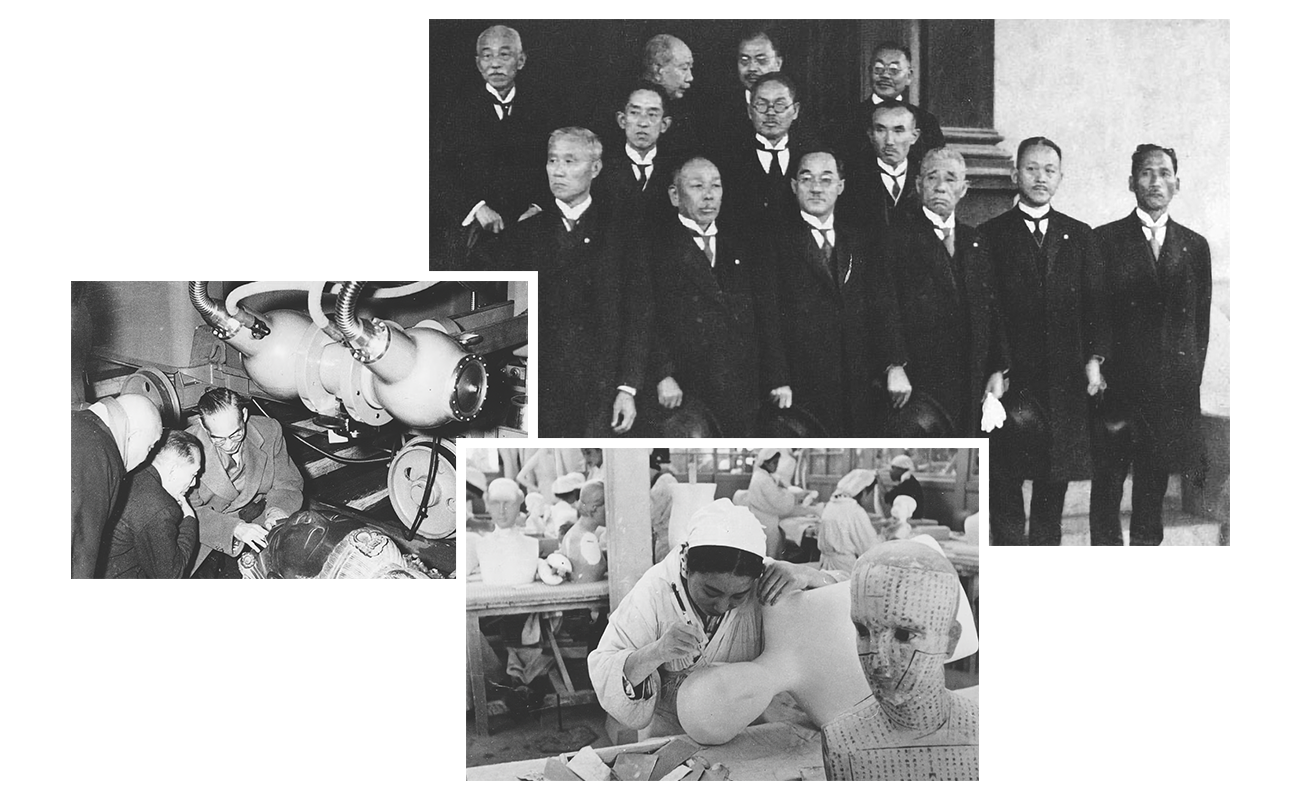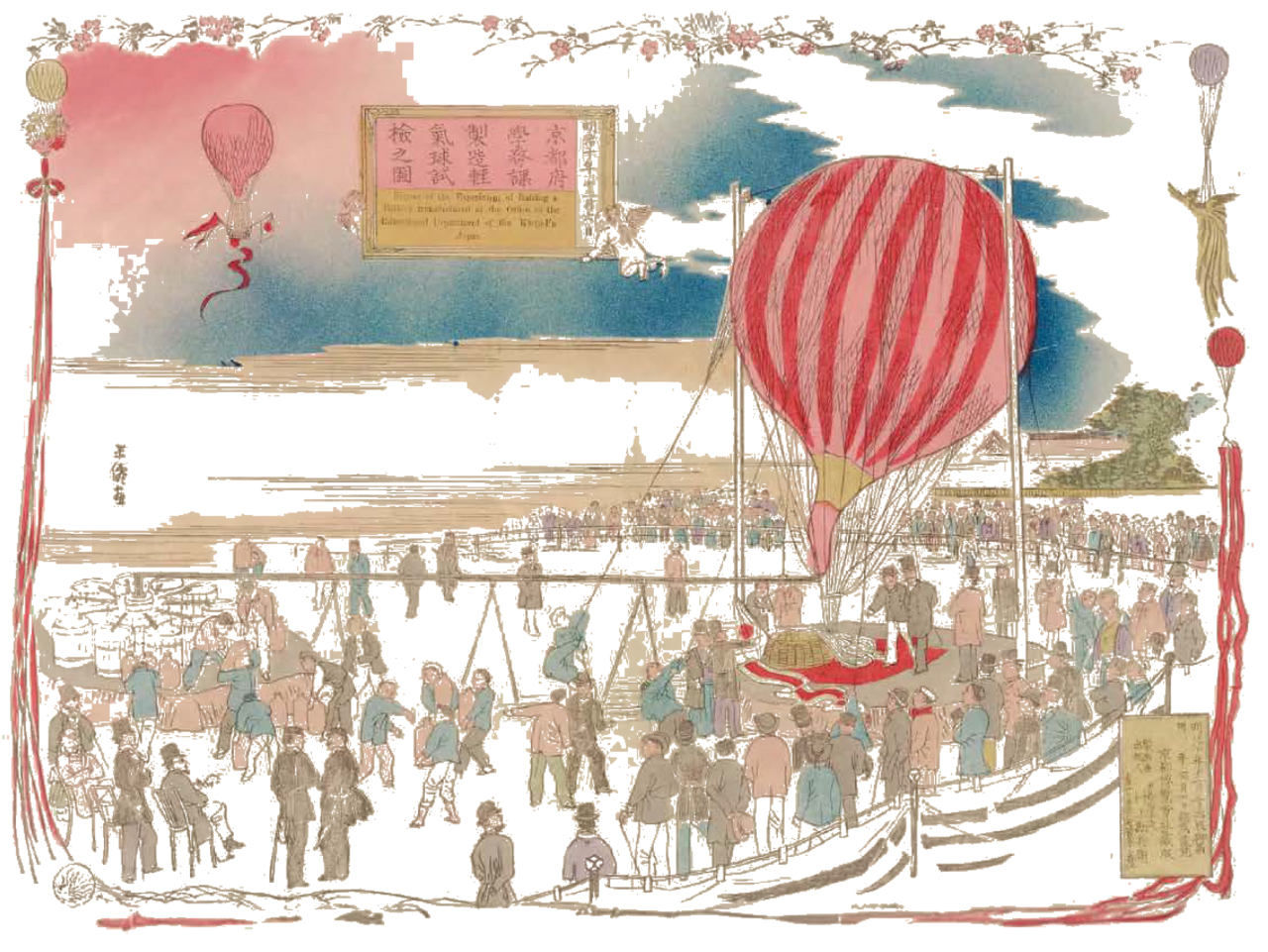
Turning visions into reality – since 1875
Shimadzu celebrates its 150th anniversary
In 1875, Genzo Shimadzu (1839–1894) started manufacturing laboratory apparatus for teaching chemistry and physics in schools. Today, his devices are among the oldest exhibits in the “Shimadzu Foundation Memorial Museum”, which is located in Kyoto, where the Shimadzu Corporation was founded. Fine examples of the founder’s legacy, which is still “alive” and held in honor! The history of the Shimadzu company is a story of continuity – not entirely unlike a trip up in a balloon …
The date is 6 December 1877. We’re in the eleventh year of the reign of the Japanese emperor, posthumously known as Meiji, who shaped an entire era. Almost 50,000 people flock to the imperial park in Kyoto – expectant, hopeful, excited. They want to attend an event that the whole city, no, wait, the whole country – has been talking about for weeks:
A 38-year-old blacksmith with a penchant for physics and chemistry wants to launch Japan’s first manned balloon flight. Genzo Shimadzu is his name – and the plan is actually a success! The balloon he constructed rises 36 meters into the air together with its crew. His celebrated heroic deed brings him nationwide fame.
The Kyoto Prefectural Government commissioned Genzo Shimadzu to build the balloon because it wanted to promote public interest in the natural sciences. Besides, the importance of Kyoto had also declined after having lost its capital city status to Tokyo in 1868, and the city now focused on promoting industry and science. The balloon flight restored Kyoto’s self-confidence and that of its people.

A long, successful “flight”
Genzo Shimadzu always endeavored to teach his compatriots (not only schoolchildren but also adults) the “secrets of science” so that Japan could catch up with countries in the West. The company he founded quickly took off on a highly successful trajectory that continues to this day. While the flight route was initially limited to Japan, Shimadzu has been one of the world’s most renowned manufacturers of analyzers since the 20th century. Over the decades, new landscapes have opened up, including new industries and new discoveries.
In the 150 years of its existence, Shimadzu has consistently followed hard after its visions and turned them into reality. The company’s motto “Excellence in Science” could have come from Genzo Shimadzu himself! But, in fact, it has only been in use since 2012. “Excellence in Science” symbolizes outstanding quality, both in terms of technology and in every single aspect of how it collaborates with customers.
Numerous innovations and world novelties from Shimadzu, which later became industry standards, underline the claim to excellence.
Shimadzu has always been centered around science, and innovation has been the driving force behind the company since 1875. On top of this is the service concept: Shimadzu’s first product catalog, which listed all the physics and chemistry devices available at the time, already included the statement that “whatever the customer wants” could be produced. The catalog dates back to 1882.
After Genzo Shimadzu died in 1894 at the age of 55, his eldest son stepped into the pilot’s seat: Umeijiro, who called himself Genzo from 1896. Just like his father, Genzo Shimadzu Jr. (1869–1951) was an ingenious inventor.
The Shimadzu logo: The crossed circle
The company logo, which is a white cross in a white circle on a red background, has been used by Shimadzu since the 19th century. It was the emblem of the noble Shimadzu family many centuries ago. In the late 16th century, Prince Yoshihiro Shimadzu allowed warrior Sohbei Inoue to bear the name Shimadzu and the family coat of arms in gratitude for his services. Sohbei Inoue was an ancestor of Genzo Shimadzu, who turned the family coat of arms into the company logo.
The design of the logo, established in 1912, is based on scientifically proven ideals of beauty: It conveys a sense of perfect balance. The line thickness of the circle is exactly one eighth of the outer diameter of the circle, and the cross lines are 10 % thicker than the white of the circle. This is the only way for the cross and circle to appear so harmonious.
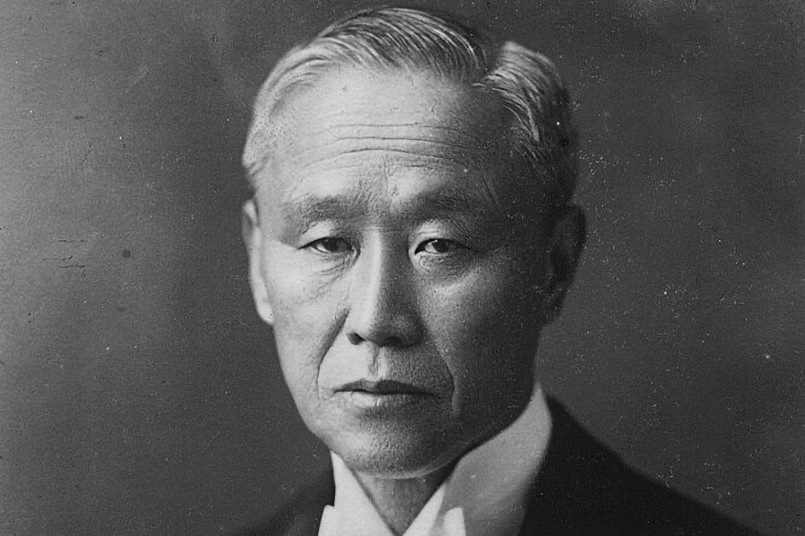
He later called himself Genzo – after his
father.
At the age of just 15, he built Japan’s first electric induction motor, and twelve years later (1896) he and Professor Hanichi Muraoka took the first X-ray images in Japan with a device they had developed – eleven months after X-rays were discovered in Germany. Muraoka knew that he would only be successful with the advanced power generators from Shimadzu.
“The Japanese Edison”
For Genzo Jr., the fact that the machines and other technical equipment used in his home country had until then almost always come from abroad was a great motivation. “The Japanese Edison” registered 178 patents in his lifetime. At the beginning of the 20th century, he developed electricity storage systems, laying the foundations for the company’s battery division, which was later outsourced. At this point, Shimadzu became one of the companies that carried progress from Japan to the world, and today the Japanese corporate culture is a guarantee of quality at all locations. The reward for Genzo Shimadzu Jr. included being named one of Japan’s ten greatest inventors. The Japanese emperor invited him, along with the other prizewinners, to a dinner in 1930.
Both Genzo Shimadzu Sr. and Jr. pursued the philosophy of “Contributing to society through science and technology” back in the 19th century, and the company has remained true to it to this day. Shimadzu was never just about pure theory but more about the practical application. After all, as the younger Genzo said: “Science is a practical endeavor. There is no point in theoretical knowledge if it isn’t applied to help people.” Nowhere is this social benefit more evident than in the medical industry – an area in which Shimadzu has been active since the days of Genzo Shimadzu Jr.
The history of Shimadzu in Europe (including a 100-page anniversary book)
The Shimadzu Museum in Kyoto
The Shimadzu Foundation Memorial Museum is located in the center of the former Japanese capital Kyoto, not far from Shimadzu’s current headquarters. This is exactly where Genzo Shimadzu founded his company 150 years ago. Two buildings from the early days are still standing, one from 1888, the other from 1894 – they are now home to the museum.
Visitors can marvel at hundreds of exhibits that tell the tale of the exciting history of the company and the lives of Genzo Shimadzu Sr. and Jr. The exhibits include a wooden lathe that Genzo Shimadzu’s German mentor Gottfried Wagener brought from Vienna to Japan in 1875 and gifted to his friend a few years later. Other interesting items include the product catalog from 1882, the electricity generator built by Genzo Jr. as a teenager, old X-ray machines, electricity storage units, science magazines, anatomical models and much more. Curious objects such as a silk moth gender identifier are also included. The exhibits not only provide a glimpse into history but also present science in a vivid way.
Genzo Shimadzu Sr.’s living room, which remained unchanged from the time the company founder died, is also very popular with visitors.
Curiosity, optimism and courage
All of today’s employees are committed to the pioneering spirit of the Shimadzu duo. Curiosity was and is the driving force that makes it possible to fly high! Already Genzo Shimadzu Sr. accepted all kinds of orders, even if he had no experience in a particular area. His balloon flight is one example of this. He was characterized by boundless optimism, which still sets the Shimadzu team apart today. Genzo Shimadzu’s balloon flight also required courage – another important quality for today’s employees.
The company was already broadly positioned in its early days – like in 2025: At that time, Buddhist altars were also built on a regular basis along with equipment for school lessons and special projects. Secured in this way, the winds are almost always favorable!
At Shimadzu, the focus is always on users in laboratories, hospitals and production: With its products, Shimadzu facilitates their work so that they can be pioneers in their respective industries and make all our lives easier and safer. Shimadzu has a good overview (a view from above) of the industries that the company serves and the needs of its customers – and, in this way, can always react appropriately, for the benefit of the company and its customers.
The journey isn’t over yet
Never mind the founder, these days it’s possible for a Shimadzu employee to achieve world fame: The 2002 Nobel Prize in Chemistry was awarded to Koichi Tanaka from Shimadzu, among others, for his achievements in the field of mass spectrometry. He later developed a system for Alzheimer’s research. The two Genzos would be proud of him – and not just him but also the more than 14,000 employees who today contribute to Shimadzu’s great success and therefore to scientific breakthroughs. They all make a contribution to society through science and technology and ensure that the exciting journey continues.
